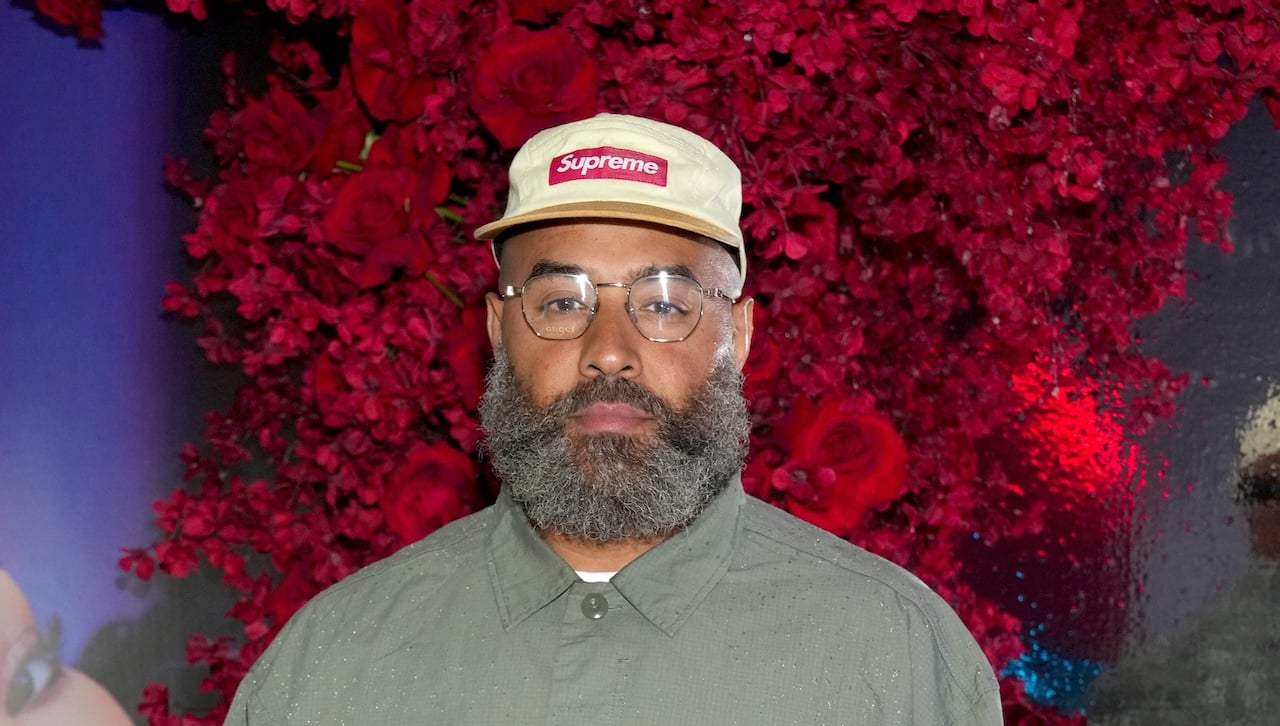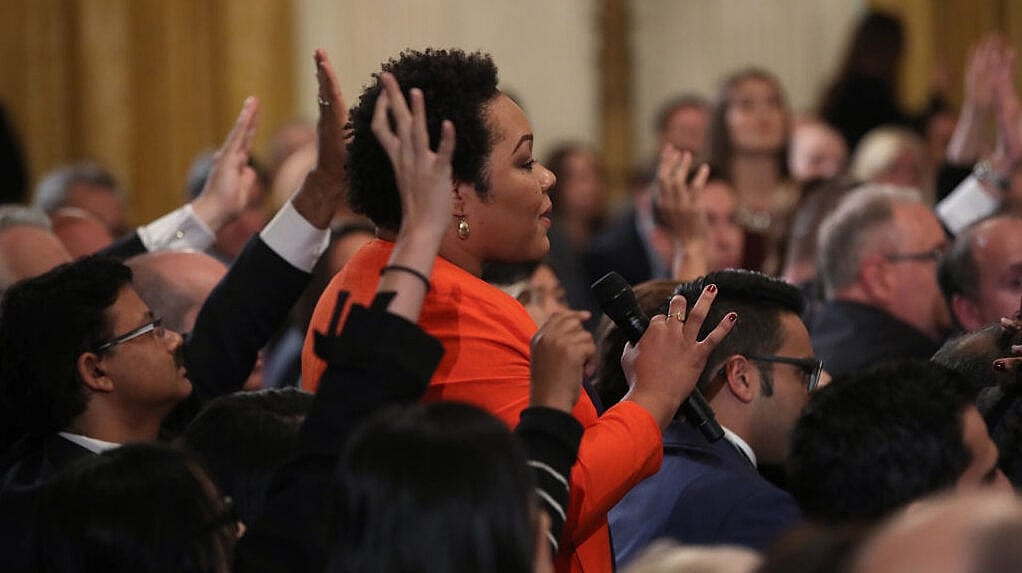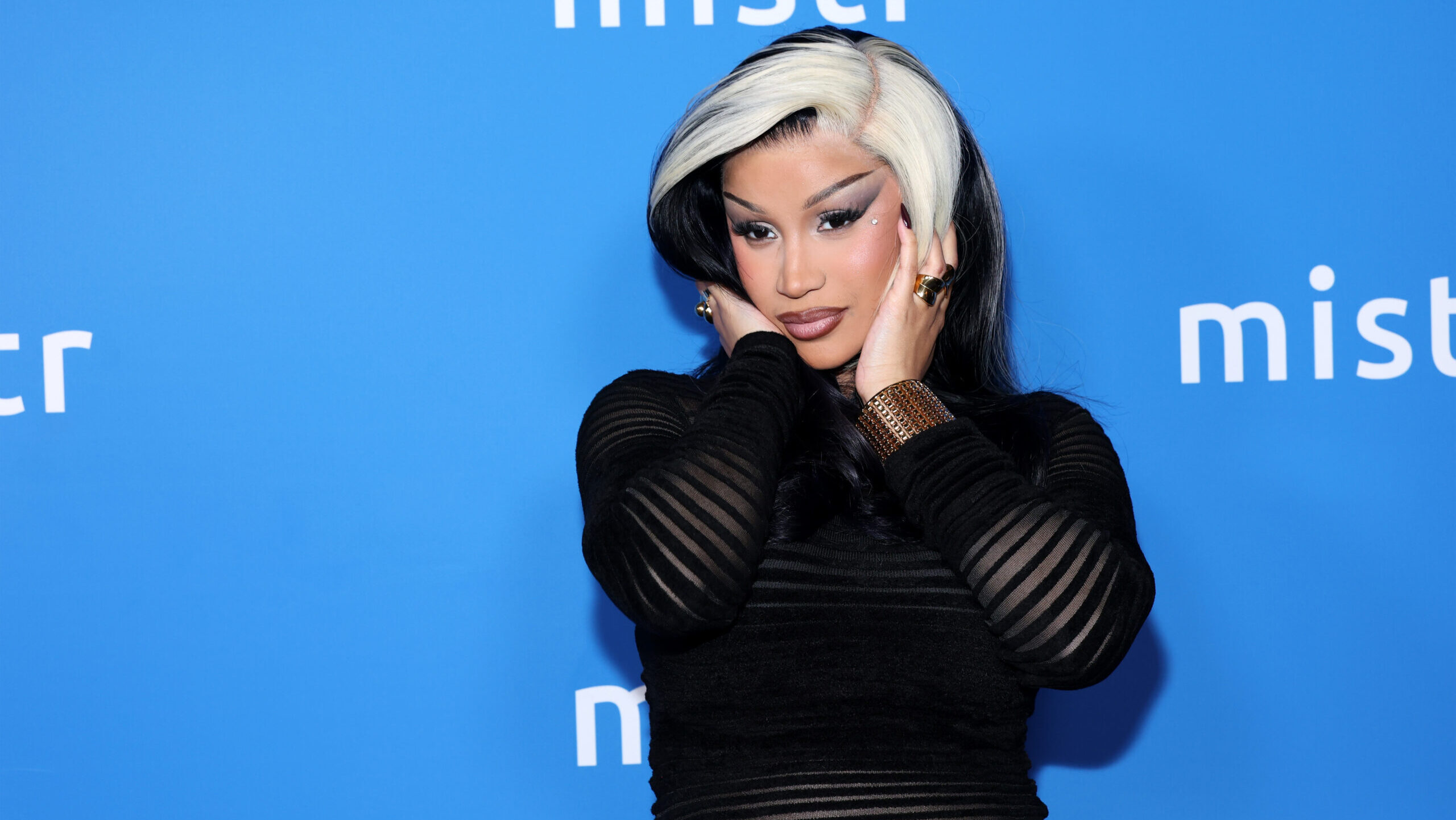Rokeya Worthy went online to make her regular monthly student loan payment, not expecting to be blindsided.
For years, the 41-year-old marketing professional had faithfully paid her loans to pay back her college degree. Despite her parents saving money for college, Worthy’s father had an unexpected accident, and their funds had to be redirected to his medical expenses when she was off to pursue her education.
Like many Black graduates who statistically pay higher monthly payments in student loan debt than their white peers, Worthy paid $278 monthly based on her income – an accommodation offered by the Department of Education to help graduates who may not be able to afford larger payments.
But in early March, Worthy checked her upcoming payment schedule and was shocked to see her student loan payments had increased to $746.77 monthly – an additional charge of more than $500.
“I thought I was seeing things,” Worthy told theGrio in an interview.
She immediately called her student loan provider to investigate, only to learn that due to a court injunction on the SAVE program and related Income-Driven Repayment (IDR) programs and the removal of IDR applications online, she no longer had the protection of loan payments being determined by her income.
“They basically told me that with the injunction that the current administration had put in place, we would not be able to recertify [income-driven repayment] and that this was what we had to do as far as payment was concerned,” Worthy told theGrio. “They did offer a couple of repayment options, but none of those options had anything where the payments were affordable.”
“I was extremely frustrated,” she continued. “I was angry because, in my head, I’m trying to calculate how am I going to be able to make this payment along with my other student loans and, of course, you have life that you have that has finances as well.”
Worthy wasn’t alone. She posted her frustrations on Facebook, garnering numerous responses. “I’m sick… It really matters WHO you vote for,” she wrote. Many other borrowers on social media chimed in with frustration.
“Having the same issue. I don’t know how they think we can afford it,” wrote another Facebook user.
The SAVE program came from the era of President Joe Biden’s efforts to greatly reduce or completely eliminate student loan debt for millions of borrowers who had been saddled with debt. It also created pathways for some student loan debt to be eliminated entirely. The Supreme Court dealt the Biden administration a blow when it ruled the former president had overstepped his authority in canceling student loans for millions of borrowers.
In the wake of the ruling, some Republican-led states banded together to sue over the SAVE program, portraying it as a “bailout” for privileged people and won. Their lawsuit had repercussions for multiple income-driven repayment programs once courts extended an injunction against the SAVE program in February.
That’s what led the Department of Education to remove all online applications for income-driven repayment—the same program that Rokeya Worthy relied on to keep her payments in check.
Worthy said she feared for her credit score and started to rethink the idea of buying a home because both payments wouldn’t be affordable.
However, after some days in limbo, Worthy got better news. The Department of Education has put the application for income-driven repayment back online, albeit with different options available. The option to pick the lowest possible payment no longer exists, and neither does total loan forgiveness. “Forgiveness as a feature of any IDR plan created by ED is currently paused,” says StudentAid.gov. Worthy put her loans into forbearance for two months while her application is pending and she waits to hear what her new income-driven adjusted loan payment may be.
“Everything is still kind of up in the air,” Worthy explained. “It might be manageable. But it’s just that nervousness of trying to figure out how to maintain it with everything else.”
The uncertainty is being felt across the board. As part of President Trump’s dismantling of the Department of Education, he has vowed that the DOE will no longer oversee student loans and a different federal agency, the Small Business Administration, will handle it. Experts predict a shift to more private loan providers.
Although the income-driven loan application system has reopened, some IDR applications submitted before are still unprocessed.
For her part, Worthy says she will always remember this period of uncertainty and will forever link her vote at the polls with real-world outcomes. Seeing dozens of responses to her Facebook post affirmed to her that regardless of differences in race, gender, background, or political leanings, the flurry of changes happening in the federal government is touching lives everywhere.
“We’re all in this together when it comes to being affected by this current administration and the decisions that they’re making,” Worthy told theGrio. “All we can do is just hope that they’ll take all of that into consideration, and knowing that we’re trying to do the best, we’re taking one day at a time, one payment at a time.”

Natasha S. Alford is the Senior Vice President of TheGrio. A recognized journalist, filmmaker and TV personality, Alford is also author of the award-winning book, “American Negra.” (HarperCollins, 2024) Follow her on Twitter and Instagram at @natashasalford.







